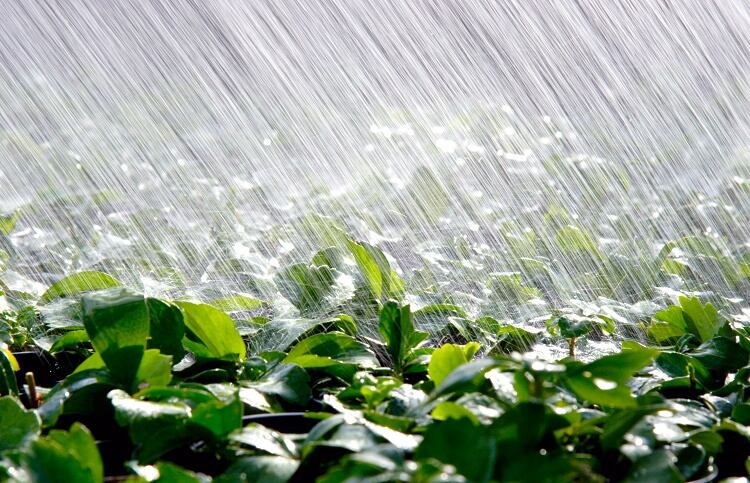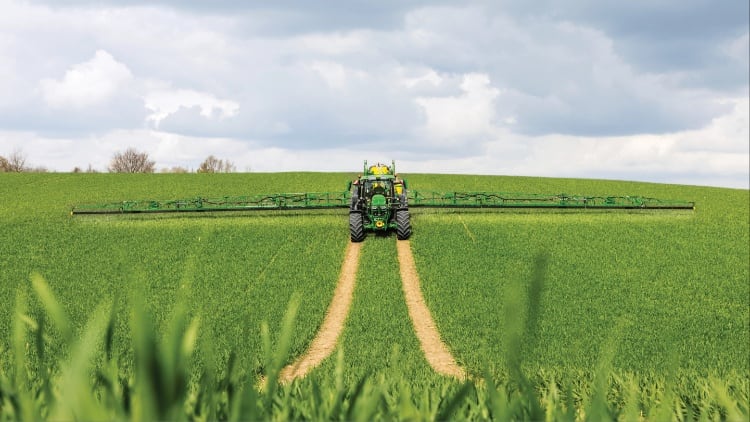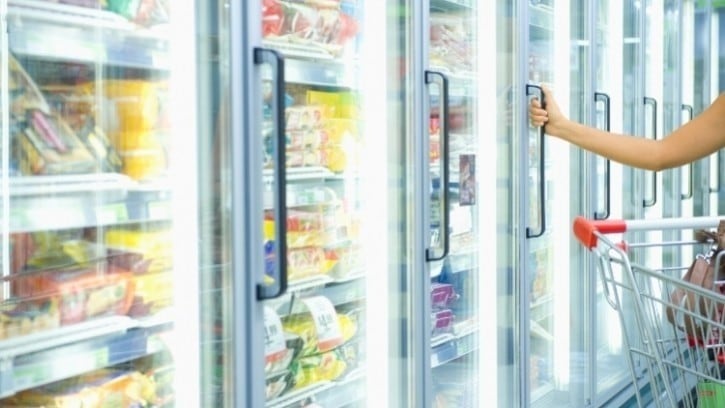The ECIU previously warned that the ‘washout winter’ that had ravaged crops in the UK would lead to a price hike for food items such as bread, beer and biscuits.
Waterlogged fields and the resulting poor yields this winter will reduce UK self-sufficiency across all farming sectors by 8% when measured by volume, the think tank estimated – down from an average of 86% between 2018 and 2022 to 78% this year.
The UK could become dependent on imports for around a third of its wheat, with wheat self-sufficiency predicted to drop from 92% in the same period to just 68%.
Compared to the average production between 2018 and 2022 – and assuming an overall level of consumer demand equivalent to the average in the same period – the UK could see imports of wheat rise from 1.9 million tonnes to 4.8 million tonnes.
‘The biggest risk now’
Tom Lancaster, land analyst at ECIU, said: “In 2021, the Government warned that climate change was the biggest medium to long term threat to our food security. This analysis suggests that it is the biggest risk now, not at some far-off point in the future.
“The UK depends on foreign imports for the foods we cannot grow here, so if we are to try to sustain the supply we have at the minute, we simply can’t grow everything we have now on British soil, so will also need to think about supporting farmers in other, often poorer and more climate vulnerable, countries.”
Although oats and barley will remain largely stable due to higher anticipated areas of spring planting, self-sufficiency in oilseed rape is estimated to collapse to a ‘historic low’ of 40% – again assuming demand remains in line with that seen between 2018 and 2022. This is down from 75% between 2018 and 2022.
‘Under estimation’
ECIU’s analysis did not include all crops that have suffered due to the wet weather, such as field vegetables, sugar beet and potato. As such, it is possible that an 8% reduction in top-line self-sufficiency is an under-estimation.
“With its recent U-turns on climate policy, it’s possible the Government will try to downplay the threat climate change poses to our food security at this summit, but farmers consistently report the changing climate is one of if not the greatest threat to their harvests,” Lancaster concluded.
“The only viable long-term plan for farming is getting to net zero emissions when we are no longer making the problem ever worse.”
Meanwhile, urgent political action is needed for effective short-term crisis preparedness and response coordination, and for longer-term crisis prevention in the food and drink supply chain, according to EIT Food.





